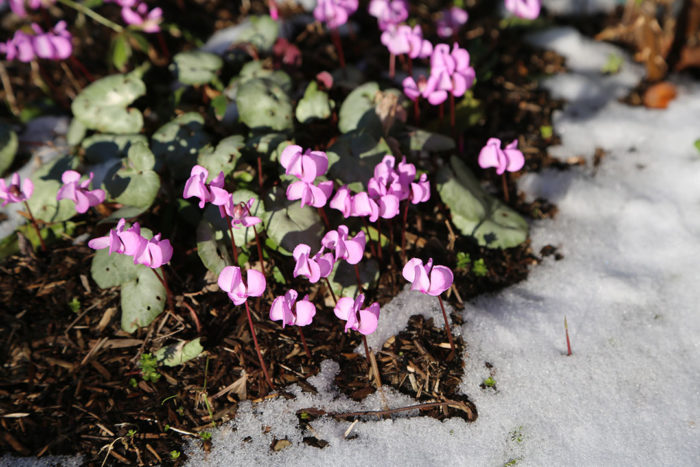
Now that the beginning of the year is here and the days are getting longer, you’ll probably want to start getting outside to tackle a few chores in the garden and stave off cabin fever. Here are some things to take care of now that will make the garden look beautiful in the coming seasons.
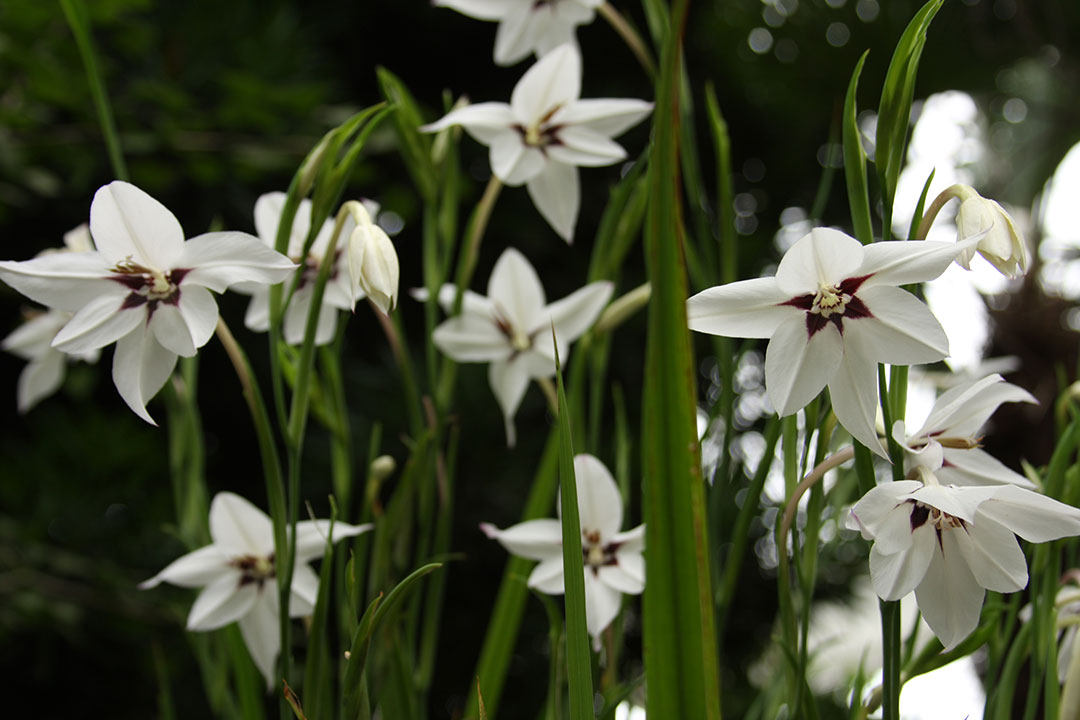
Order your late spring- and summer-blooming bulbs. If the days are wet and rainy, it’s always great to start thinking about late spring- and summer-blooming bulbs. If you are looking for rarities or hard-to-find bulbs, it’s wise to start your search early, as some are only available in limited supplies or sell out quickly. Gladiolus (Gladiolus spp. and cvs., Zones 7–10), dahlias (Dahlia spp. and cvs., Zones 7–10), bearded irises (Iris germanica and cvs., Zones 3–10), and Asian and Orienpet lilies (Lilium spp. and cvs., Zones 3–9) should all be ordered sooner rather than later to get the best cultivars and to plant in spring for summer flowers. Some great resources for hard-to-find bulbs are Old House Gardens, Brent and Becky’s Bulbs, and John Scheepers Beauty from Bulbs. With the amazing selection of unique and heirloom bulbs available, you can fill your garden with colorful and choice blooms throughout the entire growing season.

Clean and sharpen your pruning tools for the upcoming pruning season. Now is a good time to get replacement blades and clean and oil your tools that are used throughout the year. If you’d like to find out some of my preferred gardening hand tools, check out my recommendations here: Gardening Gift Ideas 2019 for Northwestern Gardeners.
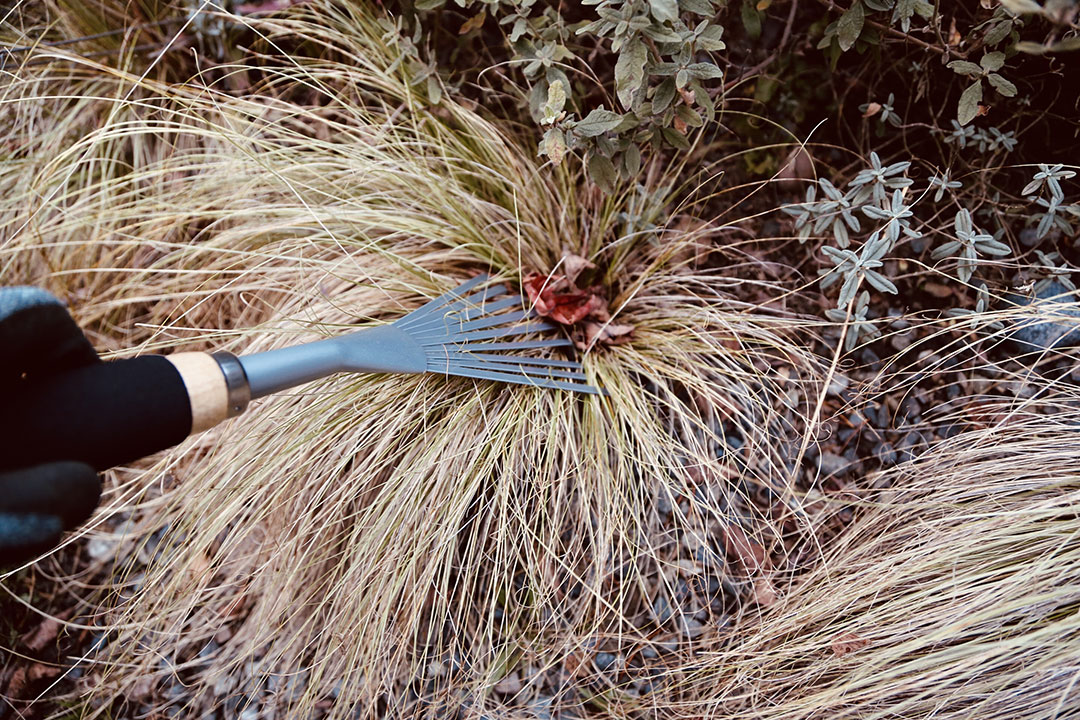
Clean out evergreen ornamental grasses and sedges. These grasses and sedges resent hard cutting back like most deciduous grasses. It’s best to take a small hand rake to clear fallen leaves and other debris from them. If you want to prevent grasses from self-seeding in your garden, it is also a great idea to rake out and remove the seed stalks or small sprouted seedlings from your garden. The moist soil will make this job easier and quicker before they get too established.
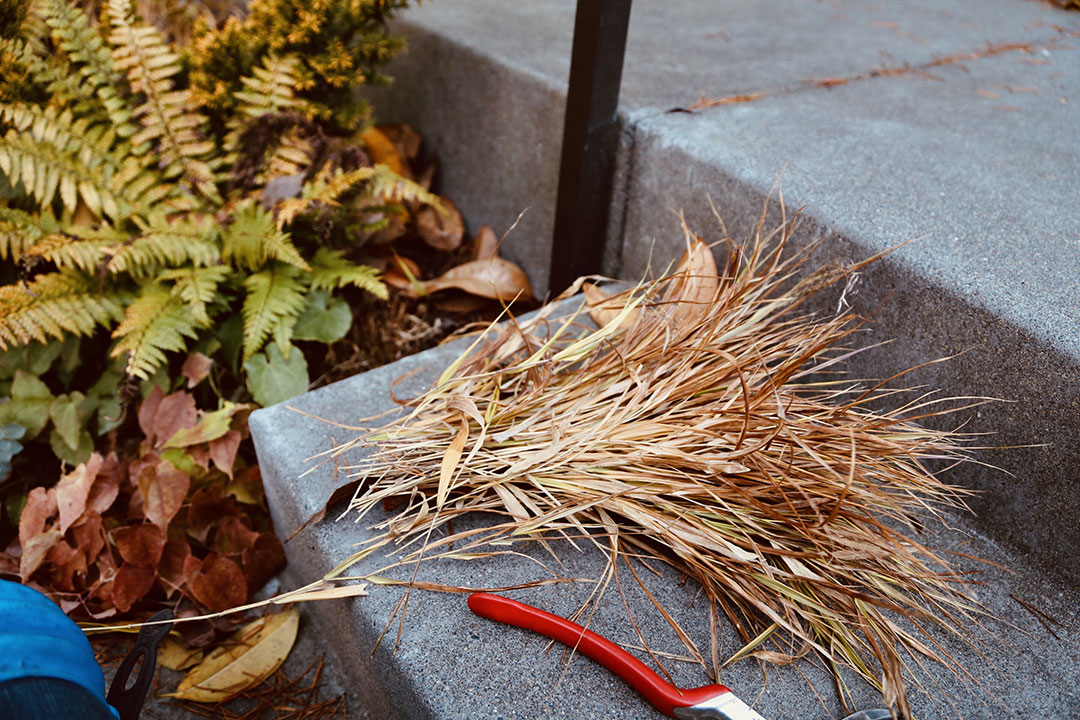
Cut back deciduous ornamental grasses. By January many deciduous grasses are looking tattered and messy in the garden, especially if there have been some early freezes. Now is a good time to cut back grasses that are not adding anything to your garden in winter or creating a lot of debris. I find that the old stems of Japanese forest grass (Hakonechloa macra ‘Aureola’, Zones 5–9) will break cleanly off at the base in January without the use of any tool. Some of the bulkier grasses are best attended to when you have time and some sharpened tools, especially the tough miscanthus cultivars (Miscanthus sinensis cvs. Zones 4–9). Leave a fourth to a third of the stalk remaining to protect the new growth that has already started developing for these types of grasses. Fine Gardening has a great database to help you understand more about the grasses in your garden and learn about new ones you haven’t added yet! Research ornamental grasses here: Fine Gardening Plant Guide.
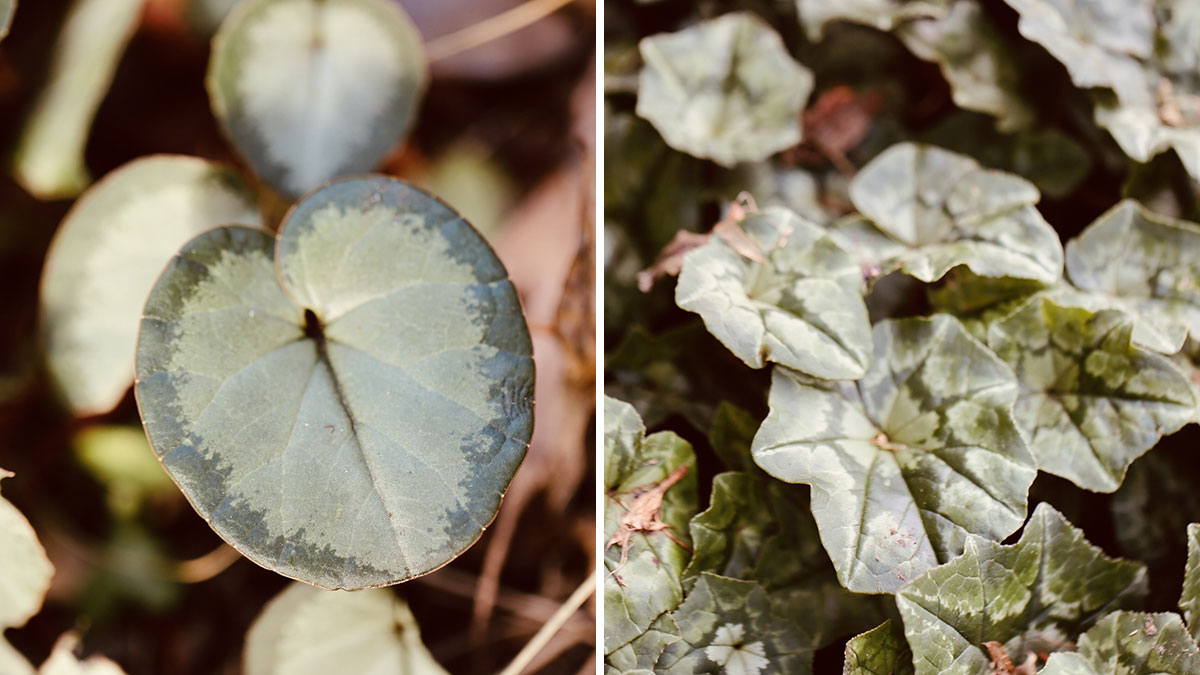
Pick out some cyclamen. Head to a local nursery or garden center to find the best selection of hardy cyclamen. The most common species of cyclamen, winter-blooming hardy cyclamen (Cyclamen coum, Zones 6–9) and late summer- to winter-blooming ivy-leaved cyclamen (Cyclamen heredifolium, Zones 6–9) are best to select in person. There is so much variety among leaf and flower colors and patterns to choose from. You can create a consistent swath of color or randomize plants for a more naturalistic approach.
—Jason Jorgensen is a landscape designer in Seattle.
Fine Gardening Recommended Products
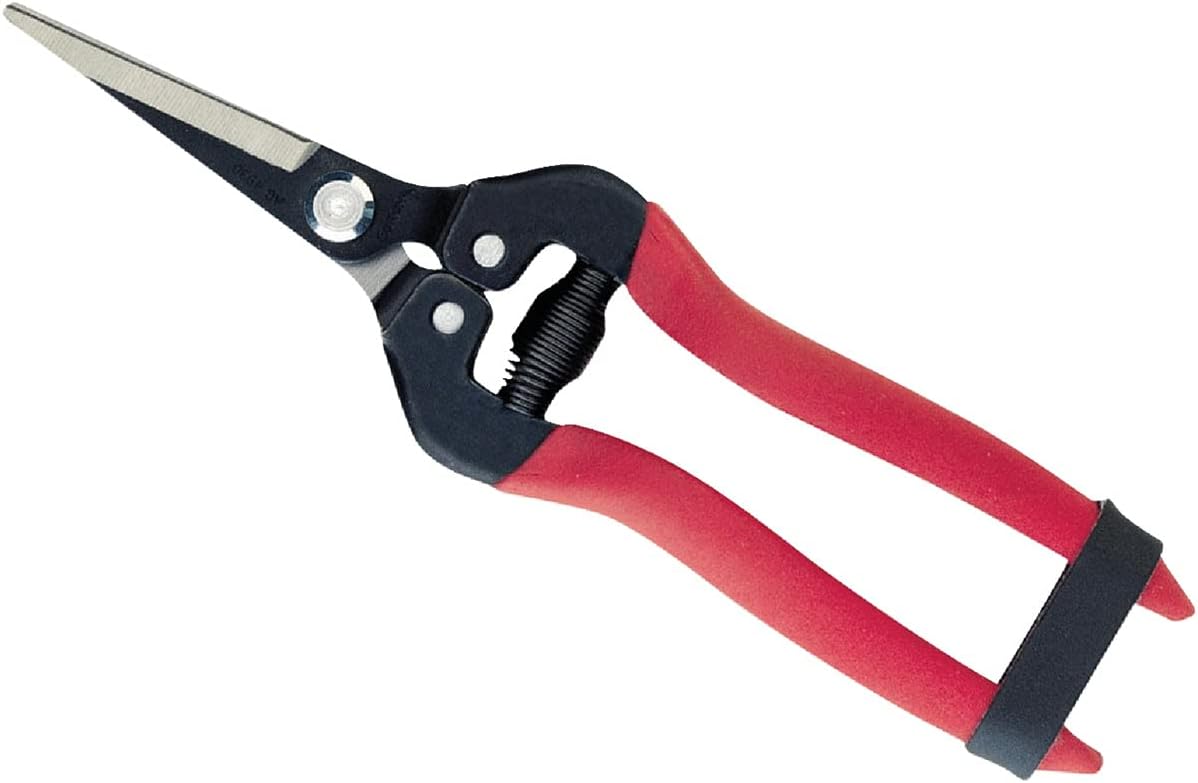
Corona AG 4930 Long Straight Snip, Tempered Steel
Fine Gardening receives a commission for items purchased through links on this site, including Amazon Associates and other affiliate advertising programs.

A.M. Leonard Deluxe Soil Knife & Leather Sheath Combo
Fine Gardening receives a commission for items purchased through links on this site, including Amazon Associates and other affiliate advertising programs.
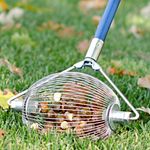
Medium Nut Wizard 14" for English Walnuts, Chestnuts, Golf Balls
Fine Gardening receives a commission for items purchased through links on this site, including Amazon Associates and other affiliate advertising programs.



















Comments
Can my hardy cyclamen be divided? Now? I love dividing plants and appreciate learning which plants can be split. Thanks! Love All Access.
Log in or create an account to post a comment.
Sign up Log in